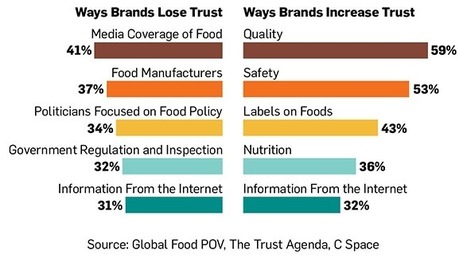There’s a widening gap between how marketers and consumers feel about brands collecting data and tracking customer journeys.
According to a recent report by Edelman and The University of Cambridge Psychometrics Centre, 77% of marketers believe their organization should invest in predictive data and 71% of consumers believe that brands with access to personal data are using it unethically.
Much of this data is collected by tracking customer journeys, which has gotten more complicated as consumers juggle devices over the course of considering and making a purchase. An OMD report revealed that people swap devices 21 times an hour. The traditional tracking cookie falls short....



 Your new post is loading...
Your new post is loading...














Have we reached the consumer's tolerance for tracking?